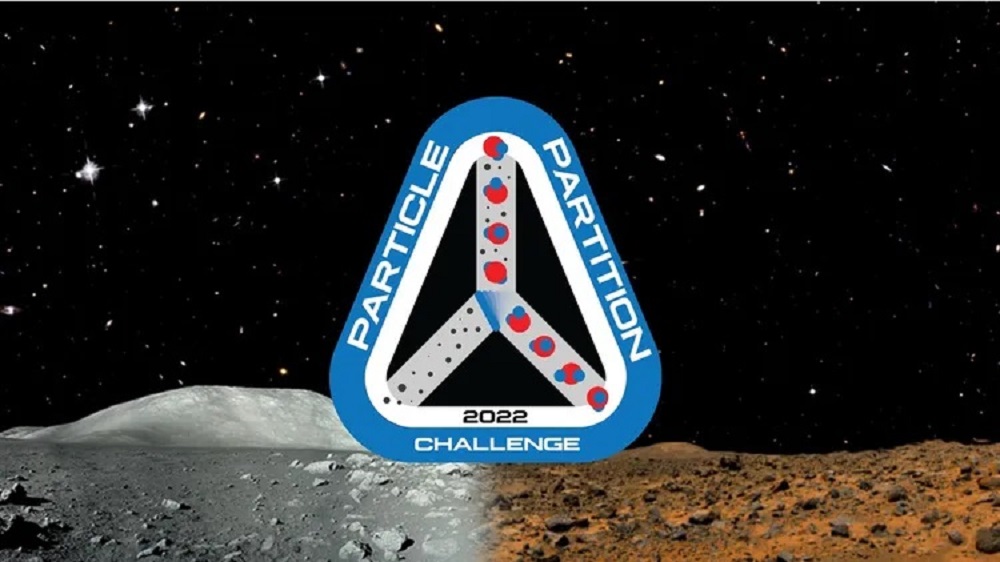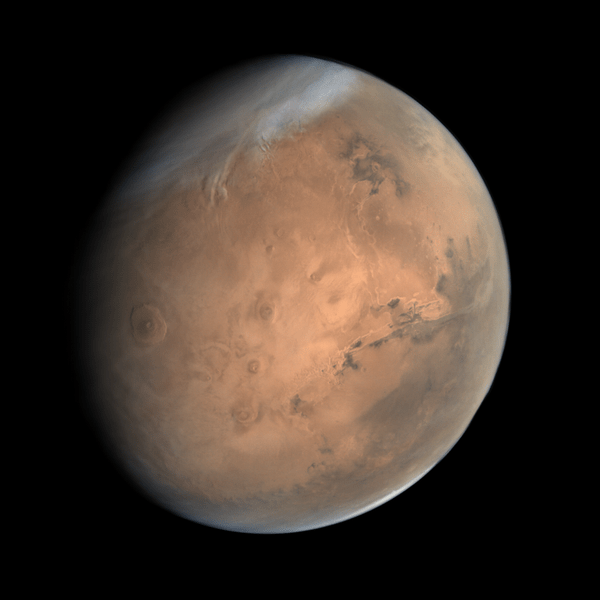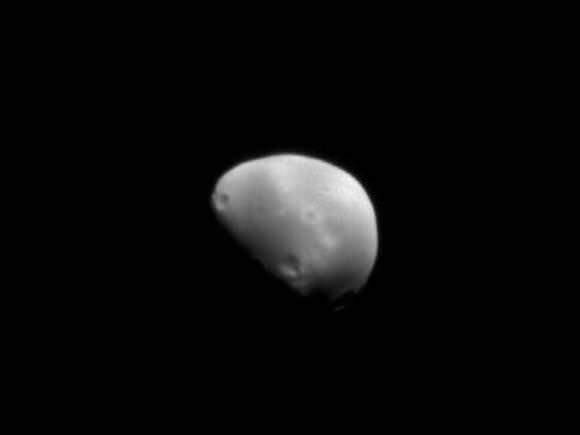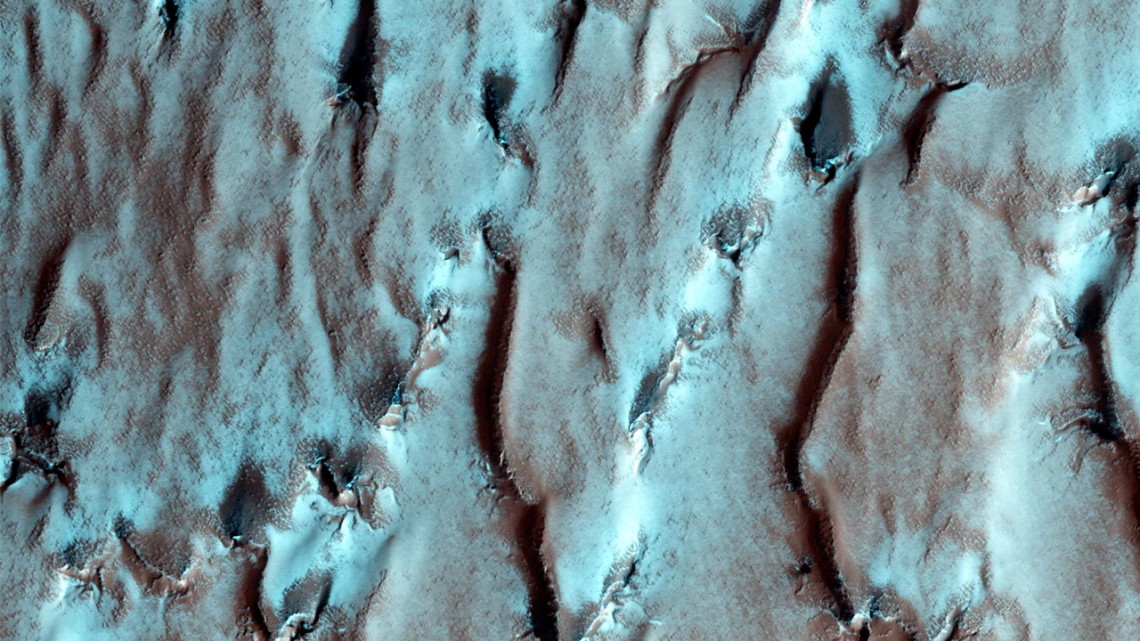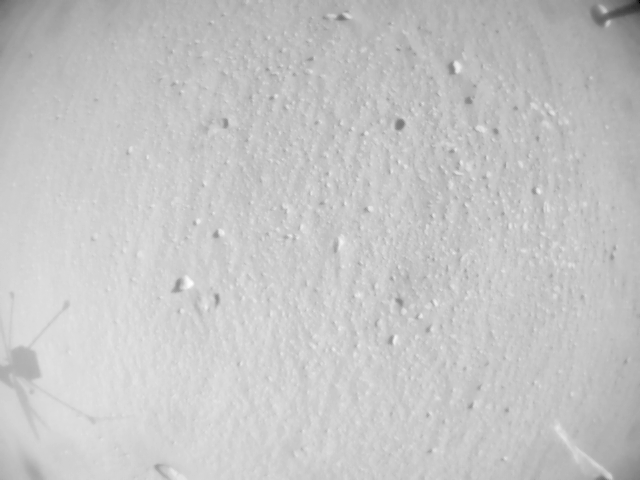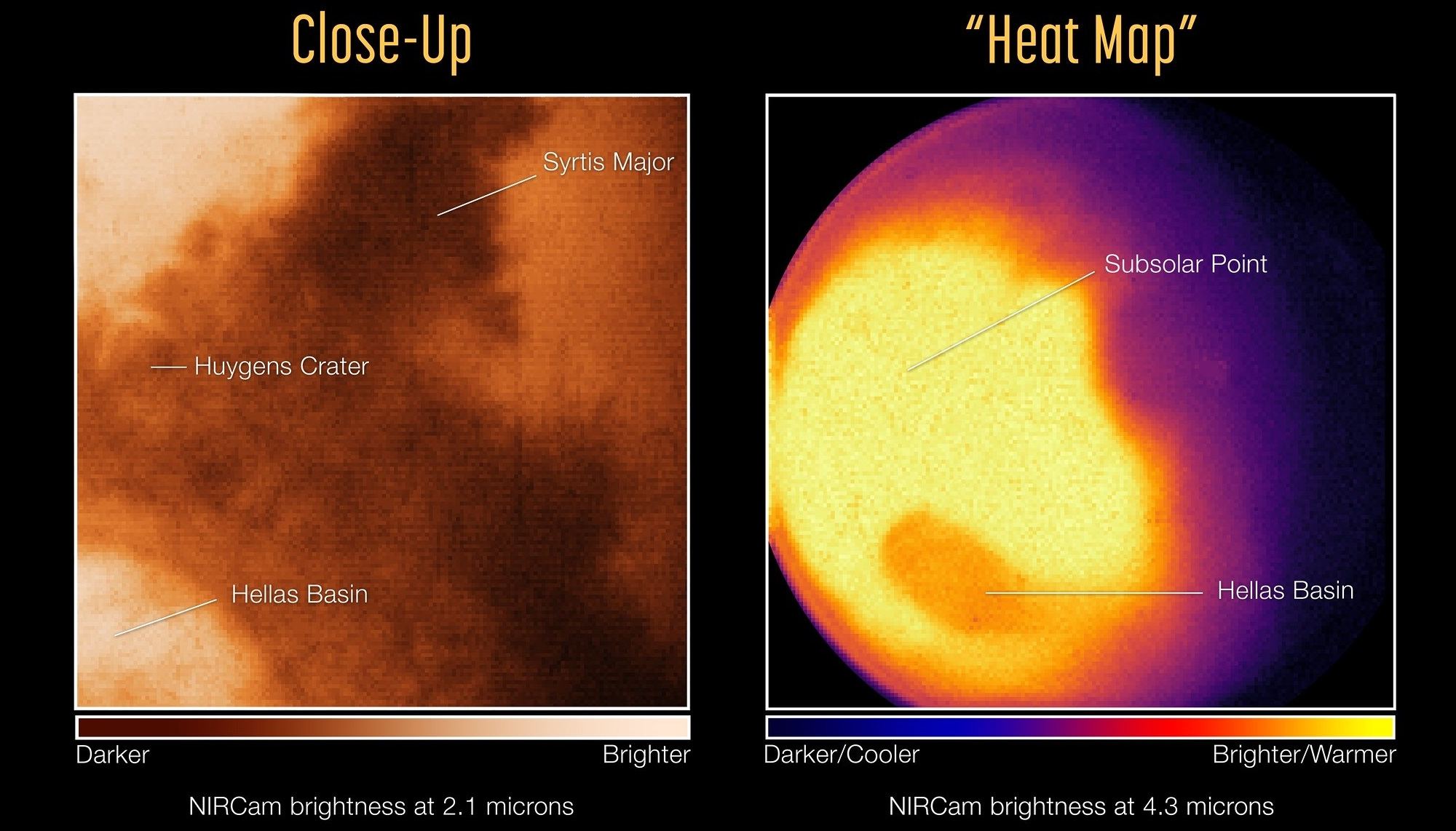We want to send humans to Mars eventually, and while this will be both a historic and exciting journey, it could also be tragic and terrible, and we must also address the potential pitfalls and risks of such an adventure. The intent behind this is to allow fans of space exploration to consider the full picture of such an endeavor. The good, the bad, and the ugly.
Continue reading “Would Mark Watney Have Survived in Real Life, and What This Can Teach Us About Sending Humans to Mars”Would Mark Watney Have Survived in Real Life, and What This Can Teach Us About Sending Humans to Mars


